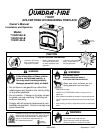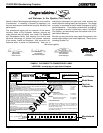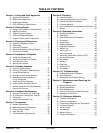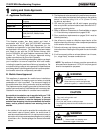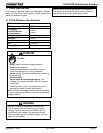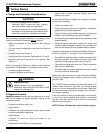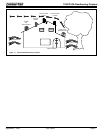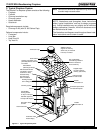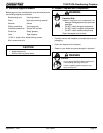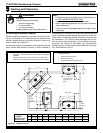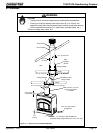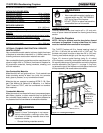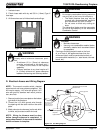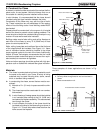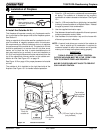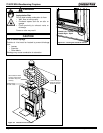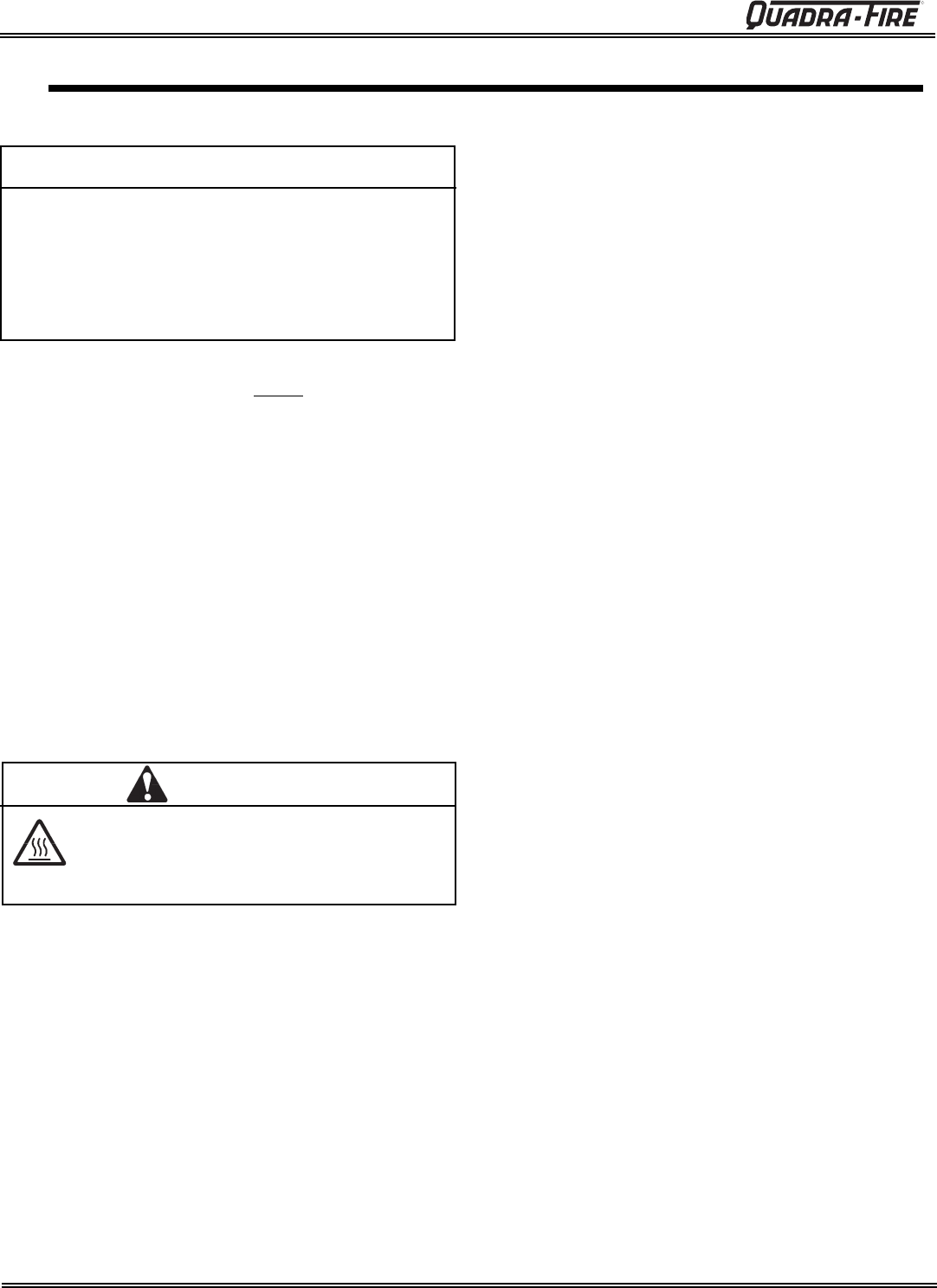
Page 6
433-1390D
September 7, 2007
R
7100FP EPA Woodburning Fireplace
2
2
Getting Started
A. Design and Installation Considerations
Draft is the pressure difference needed to vent fi replaces
successfully. Considerations for successful draft include:
• Preventing negative pressure
• Location of fi replace and chimney
B. Negative Pressure
Negative pressure results from the imbalance of air avail-
able for the fi replace to operate properly. Causes for this
imbalance include:
• Exhaust fans (kitchen, bath, etc.).
• Range hoods.
• Combustion air requirements for furnaces, water heaters
and other combustion appliances.
• Clothes dryers.
• Location of return-air vents to furnace or air
conditioning.
• Imbalances of the HVAC air handling system.
Check building codes prior to installation.
• Installation MUST comply with local, regional,
state and national codes and regulations.
• Consult insurance carrier, local building inspector,
fi re offi cials or authorities having jurisdiction about
restrictions, installation inspection and permits.
CAUTION
When planning a fi replace installation, it is necessary to de-
termine the following information before installing:
• Where the fireplace is to be installed. See Sections
3 and 4.
• The vent system confi guration to be used. See Sections
5 and 6.
• Electrical wiring. See Section 3.
• Framing and fi nishing details. See Sections 3, 6 and 8.
• Whether optional accessories are desired. See
Section 12.
The 7100FP Fireplace requires a minimum fl ue draft of -0.10
inches of water column on High, and -0.04 inches of water
column on Low, as measured with a draft meter. Most deal-
ers have draft meters available to measure your fl ue draft if
you suspect a problem.
If the fi re is diffi cult to start, and smoke spills out of the door,
or you fi nd it hard to establish and maintain a moderately
high burn rate, then the fl ue draft is too low and corrective
measures must be taken.
NOTE: Cold air infi ltration can cause frosting on glass.
• Upper level air leaks: recessed lighting, attic hatch
opening, duct leaks.
To minimize the effects of negative air pressure, the follow-
ing must be considered:
• Install the outside air kit.
• Ensure adequate outdoor air is supplied for combustion
appliances and exhaust equipment.
• Ensure furnace and air conditioning return vents are not
located in the immediate vicinity of the fi replace.
• Avoid installing the fi replace near doors, walkways or small
isolated spaces.
• Recessed lighting should be a “sealed can” design; attic
hatches weather stripped or sealed; attic mounted duct
work and air handler joints and seams taped or sealed.
Location of the fi replace and chimney will affect performance.
As shown in Figure 7.1, on page 7, the chimney should:
• Be installed through the warm airspace enclosed by the
building envelope. This helps to produce more draft,
especially during lighting and die-down of the fi re.
• Penetrate the highest part of the roof. This minimizes the
effects of wind turbulence.
• Be located away from trees, adjacent structures, uneven
roof lines and other obstructions.
Offsets can restrict draft so their use should be minimized.
Consider the fi replace location relative to fl oor and ceiling
and attic joists.
Asphyxiation Risk
Negative pressure can cause spillage of
combustion fumes and soot. Fire needs to draft
properly for safe operation.
WARNING



